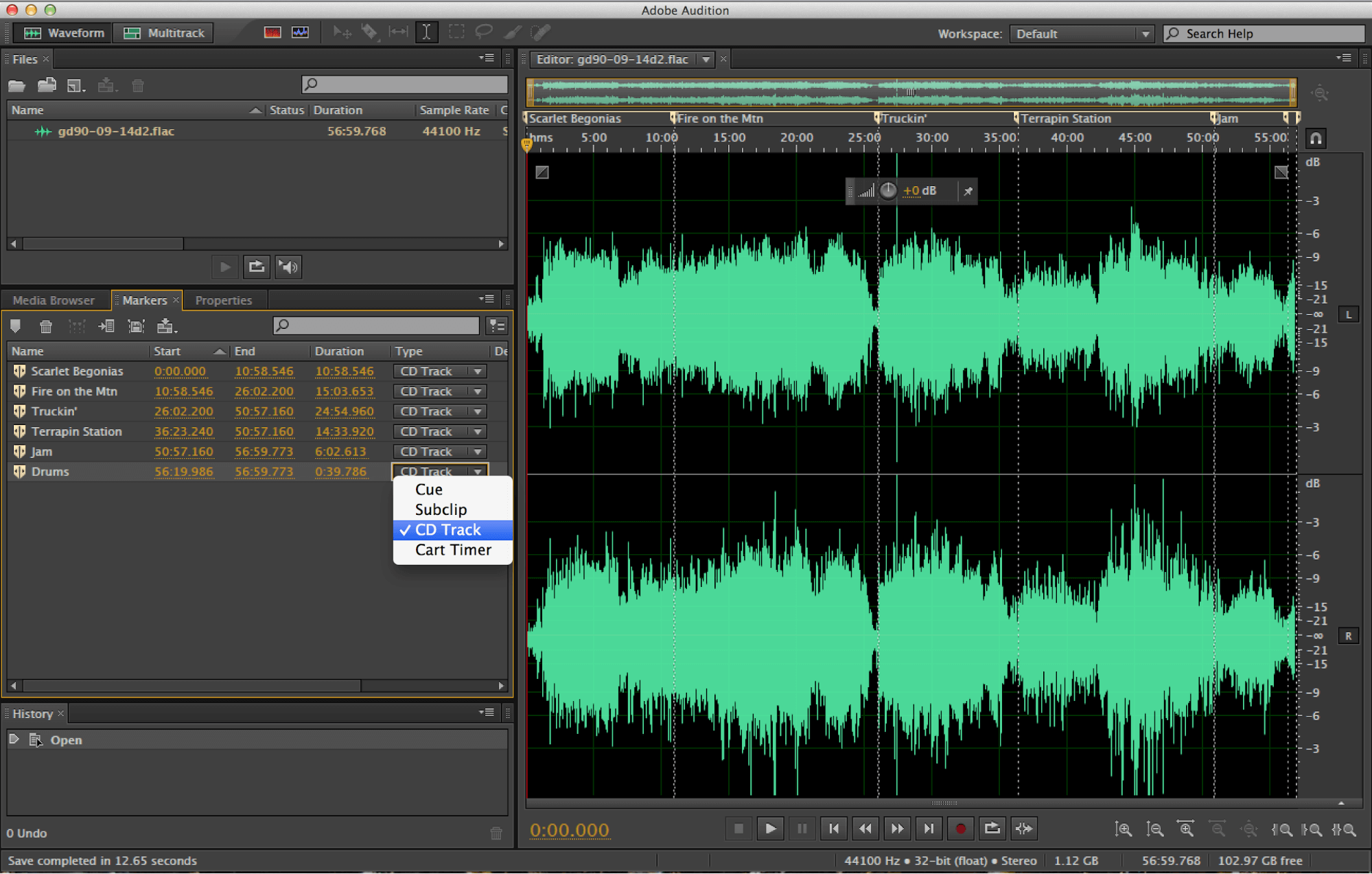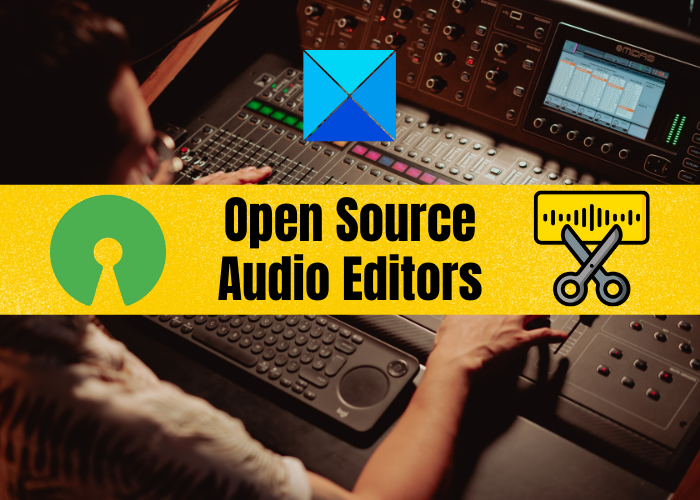
- #OPEN SOURCE AUDIO EDITOR INSTALL#
- #OPEN SOURCE AUDIO EDITOR FULL#
- #OPEN SOURCE AUDIO EDITOR SOFTWARE#
- #OPEN SOURCE AUDIO EDITOR PROFESSIONAL#
Fewer people know that open source is a great option for producing professional-level audio-visual materials.Īs a product owner and sometimes marketing support person, I produce a lot of content for end users: documentation, web articles, video tutorials, event booth materials, white papers, interviews, and more.
#OPEN SOURCE AUDIO EDITOR SOFTWARE#
In either case, you can read our complete guide on installing software from source code to get it set up on your system.Open source is well established in cloud infrastructure, web hosting, embedded devices, and many other areas. You may want to wait if you rely on your package manager to get it installed.
#OPEN SOURCE AUDIO EDITOR INSTALL#
Download Audacity 3.0Īt this moment you can install Audacity 3.0 by compiling from the source code (which you can find in their official download page) because you won’t get the latest version via Flatpak, Snap store or default repositories as of now.Įven the unofficial PPA maintained by UbuntuHandbook doesn’t offer the latest version yet.
#OPEN SOURCE AUDIO EDITOR FULL#
If you would like to see the full changes in Audacity 3.0, please read the official manual. Other minor changes include the addition of Corsican and Marathi languages, the ability to set Multi-view as your preferred user-default view for tracks, and other bug fixes. Coming to the changes in effects, the functionalities of Noise Gate has been expanded. The new release also allows you to specify the folders to be used for Audacity actions such as Open, Save, Import, and Export.īased on the request from many users, the developers changed the mixer board so that its window always remains on top when it is in use. This is different from the Save Project As because it will leave your current project open and enabling you to continue working on it.Īnother addition to this release is the Label Soundsanalyzer replaces the old Sound Finder and Silence Finder analyzers.Ĭoming to the Manage Macros dialog, Audacity now supports importing and exporting Macros.

There is a new backup command for projects under the Save Project option. Besides, Projects saved in the new unified file structure will not be larger than similar projects with the old multiple file structure. aup format to Audacity 3.0 which will convert them to. Besides, the new file format is slightly faster than the old one. With this new change, you will be able to save or share your project within a single file. This means that you won’t lose your projects by moving or deleting the project components. aup3 file format contains the data as well. The problem with this format is that if you accidentally delete or move those files, your project session won’t load properly because this file format does not contain the entire project.īut on the other hand, the new. aup file format contains references to audio files as well as any applied sound edits that are used for saving audio editing work. There is a major difference between these two file formats. The major change in this release of Audacity is the introduction of a new file format.


Recently, a new version, Audacity 3.0 was released with a major change in the save file format along with some new features like Label sounds, Improvements in Manage Macros dialog, and usual bug fixes.
#OPEN SOURCE AUDIO EDITOR PROFESSIONAL#
It has all the general tools that a professional audio editor requires for most of the tasks, and it supports plugins as well. Audacity is a popular cross-platform open-source audio editor.


 0 kommentar(er)
0 kommentar(er)
